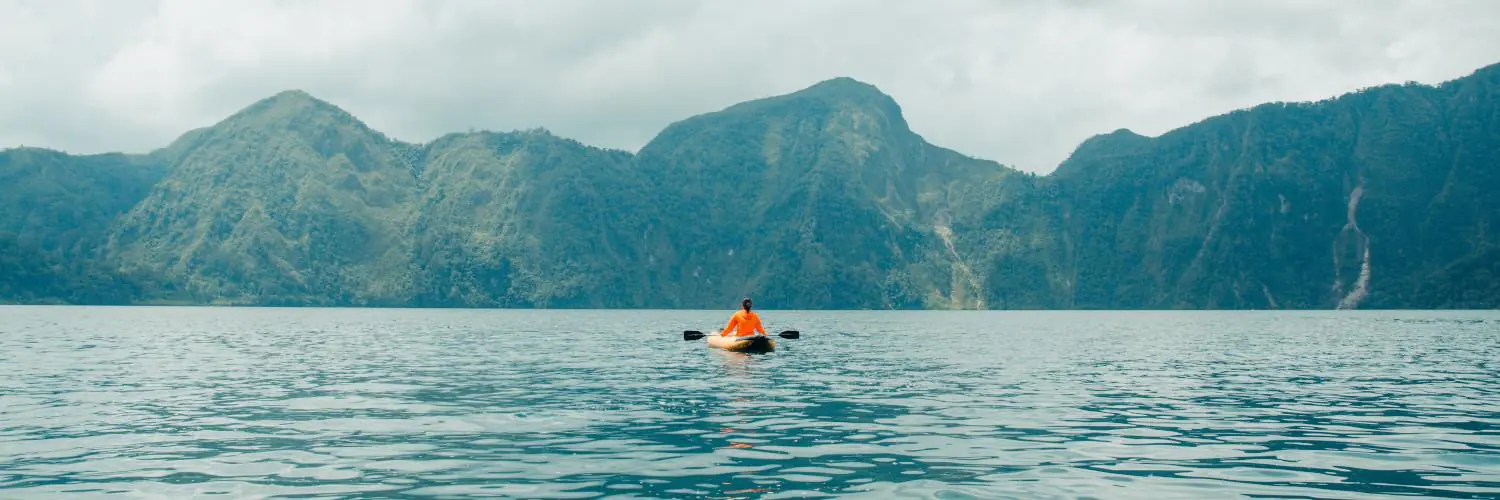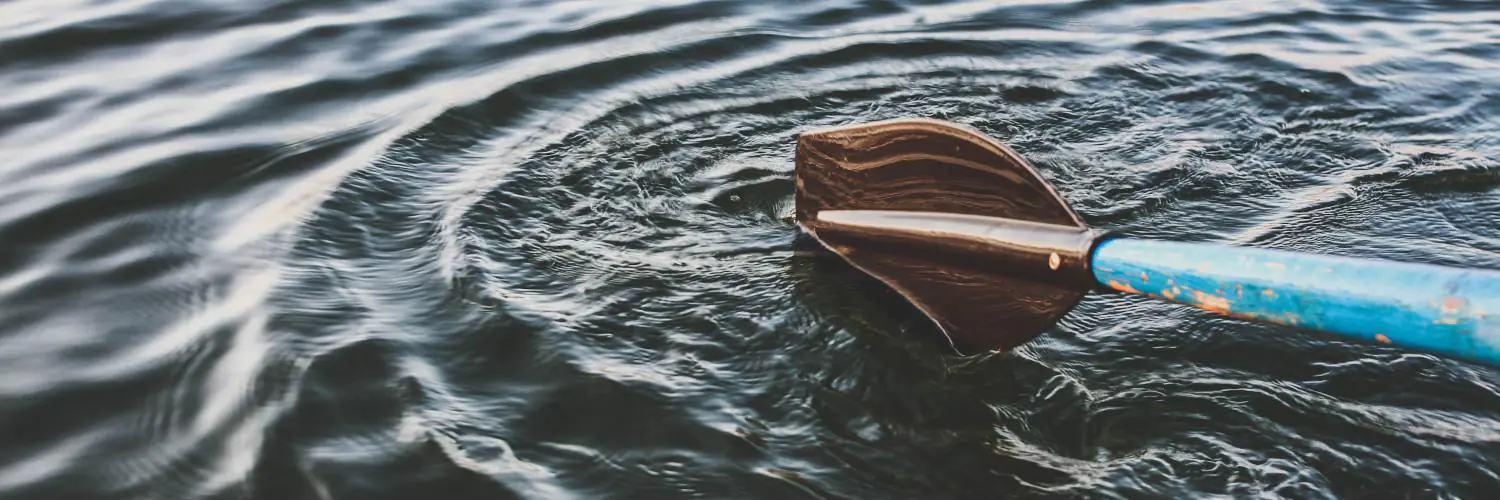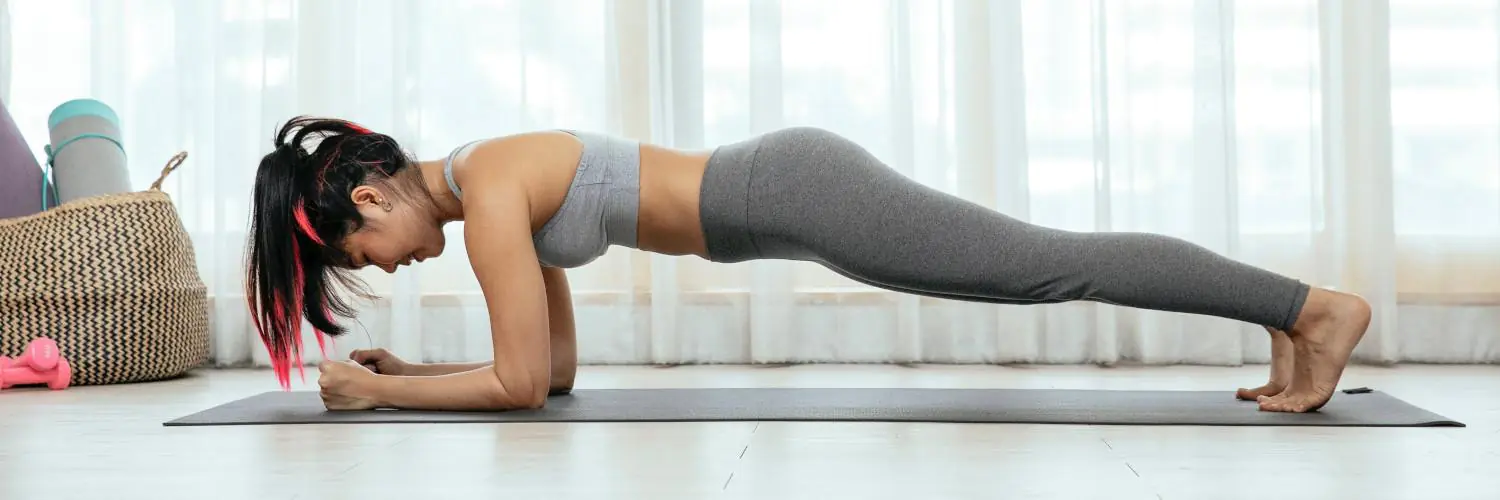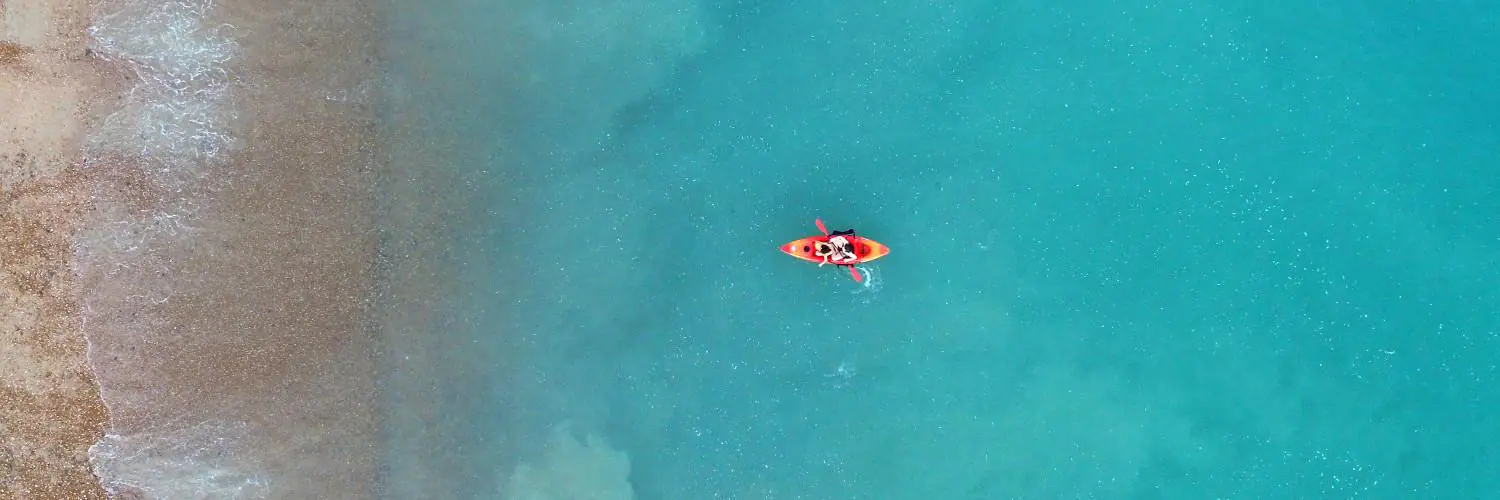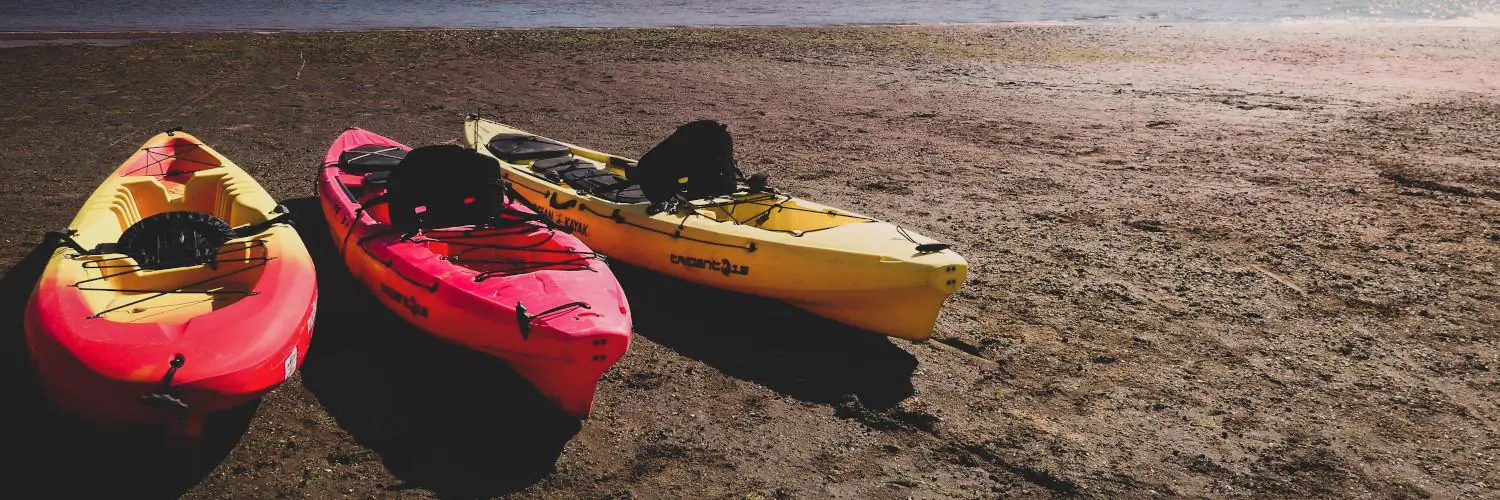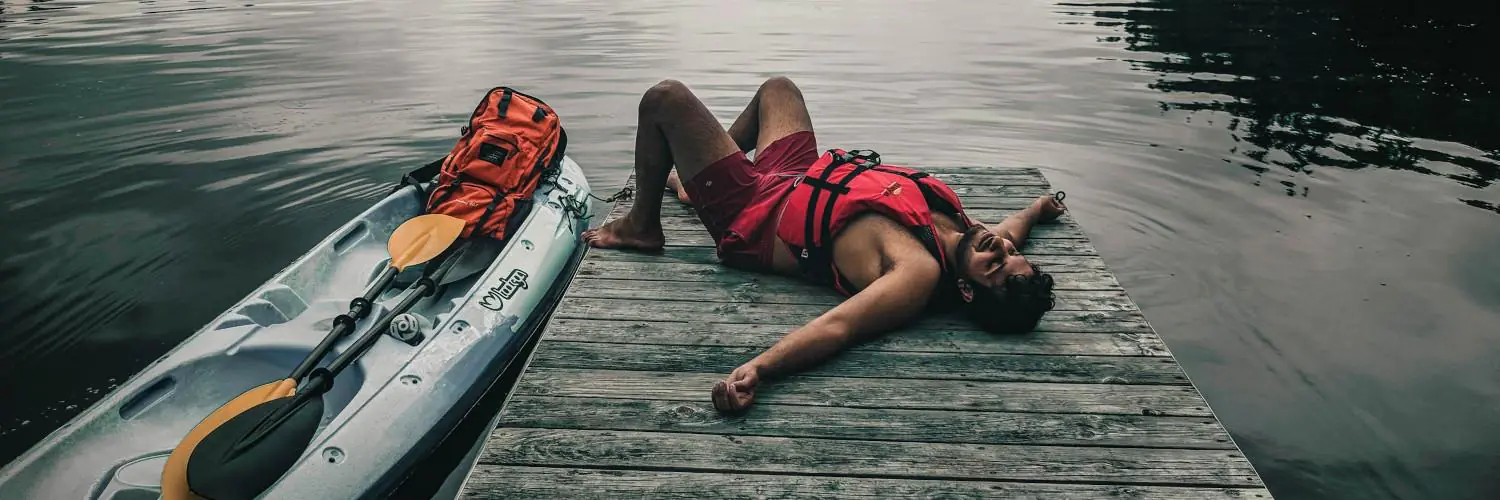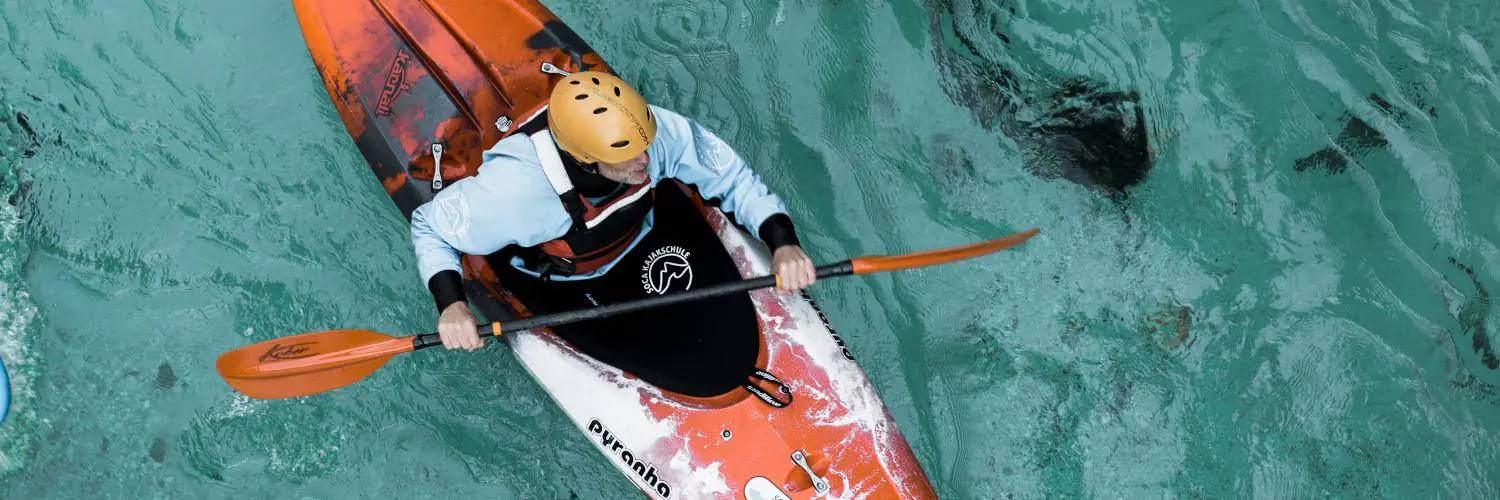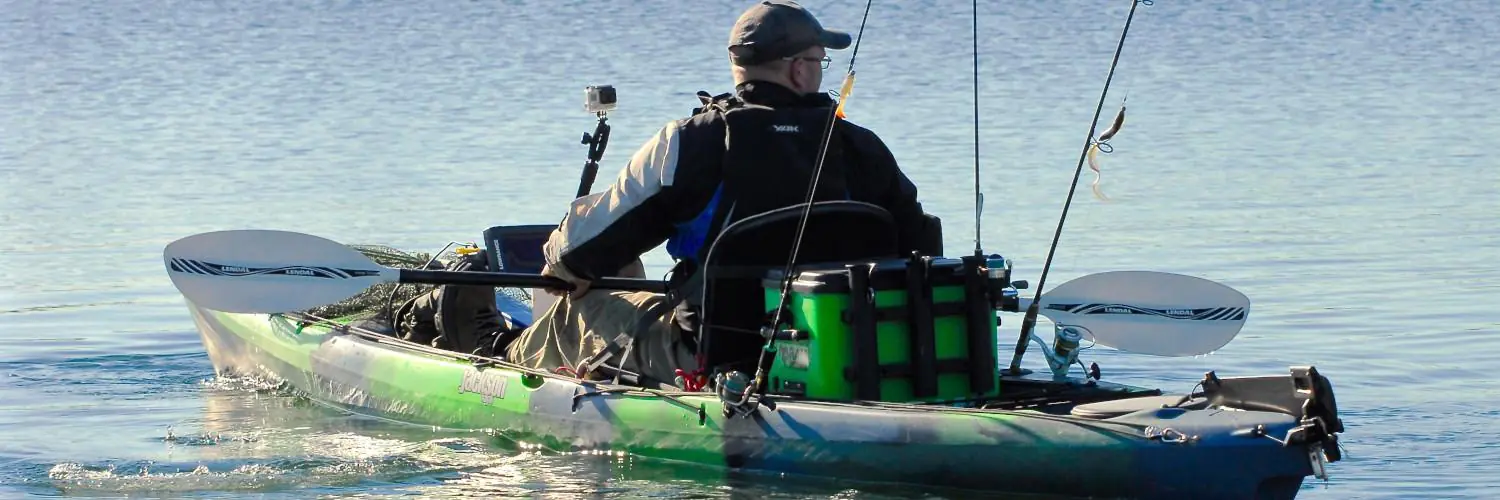A kayak balancer, commonly referred to as a kayak stabilizer or outrigger, plays a crucial role in enhancing the stability of a kayak. Whether paddlers are fishing, photographing, or simply enjoying a leisurely ride on the water, stability is key to avoiding unwanted capsizes. Kayak stabilizers attach to the sides of a kayak, providing increased buoyancy and reducing the likelihood of tipping. They are particularly useful for beginners who are still acquiring their sea legs, as well as for those embarking on activities that might shift their center of gravity, such as casting a fishing line or reaching over the side of the kayak.
The concept of balance in kayaking extends beyond the use of physical stabilizers. Proficiency in balancing techniques is integral for maneuvering and controlling the kayak effectively. Skilled paddlers utilize a variety of braces and body positioning strategies to maintain an upright position, especially in choppy water conditions or during tight turns. The balance brace, for example, is a technique that involves leaning back on the water’s surface to stabilize the kayak at the tipping point. Mastery of such techniques enables a paddler to confidently tackle more challenging waters and recover more smoothly from near-capsizes.
A well-balanced kayak experience combines the use of kayak stabilizers with the development of personal balancing skills. Incorporating stabilizers can create a more forgiving learning environment for paddlers as they hone their balance. Meanwhile, advancing one’s balancing abilities allows for a deeper connection with the boat and the water, fostering the confidence to paddle with dexterity and ease. Whether through aftermarket accessories or cultivated skill, balance remains an essential component to any satisfying and safe kayaking adventure.
Table of Contents
Understanding Kayak Balance
In the realm of kayaking, balance is paramount. A well-balanced kayak ensures a safer, more enjoyable experience. The stability of the kayak hinges on understanding two key concepts: primary and secondary stability, alongside recognizing the influence of water conditions and kayak design.
Primary and Secondary Stability
Primary stability refers to a kayak’s steadiness when it is sitting flat on the water. Kayaks with a wide base tend to have greater primary stability, making them a preferred choice for beginners or flatwater paddlers. Secondary stability, on the other hand, comes into play when a kayak is tilted on its side. The hull design, specifically the kayak’s side profile, which often includes an arch, determines how well a kayak will perform when it’s leaning over. A well-designed kayak balances these two types of stability to suit the intended use—whether it be calm lakes or rougher seas.
- Primary Stability
- Large width
- Flatter bottom
- Secondary Stability
- Chined or rounded hull shape
- Tapered sides
The Role of Water Conditions
Water conditions significantly influence kayak balance. Calm water allows for better primary stability, while choppy conditions test a kayak’s secondary stability. A paddler must understand that the boat’s reaction to various water conditions—from still ponds to rushing rivers—will differ and change the level of balance and skill required to navigate effectively.
- Water Conditions:
- Calm, flat water: Enhances primary stability.
- Choppy, rough water: Challenges secondary stability.
Kayak Design and Stability
The design of a kayak, including its length and width, directly impacts its overall stability. Generally, wider and shorter kayaks offer improved primary stability, making them ideal for leisure and fishing where sudden movements are less likely. Conversely, longer and narrower kayaks tend to track better and offer enhanced secondary stability, favored for touring or ocean kayaking where the ability to edge and quickly recover is crucial.
- Kayak Design Factors:
- Width: Affects primary stability.
- Length: Influences tracking and secondary stability.
Every kayak’s design includes a carefully considered distribution of volume that affects how the seat, paddle, and paddler’s weight distribution affect the kayak’s stability in various conditions. Therefore, paddlers must choose a kayak that matches their skill level and the types of water they intend to navigate.
Fundamentals of Paddling Technique
In kayaking, mastery of the fundamentals can greatly enhance one’s efficiency and comfort on the water. Attention to precise body positioning and refined paddle strokes are cornerstones of effective technique.
Body Positioning and Posture
Good posture forms the foundation of all kayaking techniques. Paddlers should sit upright, maintaining a straight back and keeping their torso perpendicular to the water. It is vital that they engage their core muscles, as this provides stability and allows for more powerful and controlled movements. The lower back should be supported by the kayak seat, while the feet are firmly placed against the foot braces, evenly distributing pressure to enhance balance.
Proper positioning also involves settling the hips comfortably into the seat and keeping them loose, allowing the kayaker to rotate their upper body while keeping the lower body more static. This separation of movement between the upper and lower parts of the body is key to maintaining a strong connection with the kayak and executing effective paddling strokes.
Effective Paddling Strokes
To perform an effective paddle stroke, one should utilize a coordinated movement starting from the shoulders and engaging the entire upper body. A concise sequence might follow as:
- Stretch the paddle forward without overextending.
- Immerse the blade fully in the water close to the hull to maximize power.
- Pull the blade back through the water in a smooth motion, relying on the torso‘s rotation rather than just arm strength.
- Control the exit point of the paddle to prevent loss of momentum.
A balanced use of the paddle on both sides of the kayak ensures even propulsion and helps maintain the kayak’s heading. Keeping the paddle strokes close to the boat will reduce unnecessary torso rotation and pressure on the shoulders. Regular paddling drills can fine-tune these motions, making them second nature and allowing for seamless transitions between strokes, thus optimizing balance and technique.
Preventing and Recovering from Capsizing
Capsizing is a risk for any kayaker, but with the right prevention strategies and recovery techniques, one can navigate with confidence. Here, one will learn how to maintain stability in a sea kayak to avoid tipping over and the effective methods to right oneself should a capsize occur.
Capsize Prevention Tips
Balance Brace: A balance brace improves stability in rough waters, allowing the kayaker to lay back against the stern deck and use the paddle to scull, creating a supportive water surface.
- Proper Weight Distribution: Ensure that weight is evenly distributed to maintain the kayak’s center of gravity.
- Use of PFD: Always wear a personal flotation device (PFD) which aids in buoyancy and can prevent capsizing.
- Seating Position: Find and maintain a low center of gravity with an appropriate seating position that aids maneuverability.
- Edging and Brace Techniques: Learn and practice edging to tilt the kayak’s hull slightly underwater for better turning while keeping balance. Master brace techniques to recover from near capsizes.
Recovery Techniques After Capsizing
- Wet Exit: Know how to safely exit the kayak if it is upside down and you are unable to right it from within.
- Eskimo Roll: Develop the skills for an Eskimo roll, which allows a kayaker to right the kayak while staying seated inside.
- Re-Entry Methods: Whether from the water or with the aid of another kayak, practice how to re-enter the sea kayak quickly and efficiently.
In the instance of a capsize, remember the capsize point—when the kayak is on the edge of tipping—and use recovery maneuvers designed to correct the kayak’s position before it fully overturns.
Kayak Fishing Balancing Tips
Mastering balance in kayak fishing ensures a safer and more enjoyable experience. Key aspects include choosing a suitable kayak, managing gear effectively, and employing techniques to maintain stability while fishing.
Choosing the Right Fishing Kayak
When selecting a fishing kayak, stability and balance should be paramount. A wider hull offers better lateral stability, which is crucial when casting lines or reeling in fish. It’s also essential to consider the kayak’s weight capacity to accommodate both the angler and their gear. Kayaks with adjustable seats provide better support and allow anglers to adjust their center of gravity for improved balance.
Managing Fishing Gear on Water
Proper weight distribution of fishing gear is vital for maintaining stability. Heavy items should be stored close to the kayak’s center to prevent capsizing. Utilize onboard storage wisely:
- Front Storage: Lighter items to counterbalance the angler’s weight.
- Center Storage: Heaviest gear for stability.
- Rear Storage: Medium-weight items and frequently used equipment for easy access.
Staying Balanced While Fishing
Anglers should use a paddle to perform a balance brace when stationary to increase stability. One’s legs and the stabilizer muscles of the core are critical for subtle adjustments to stay balanced. Shifting weight slightly can help accommodate the movement of the boat and also respond to water currents. When hooked into a large fish, redistribute your weight and use your legs against the foot pegs to counterbalance the fish’s movements. Adjusting one’s position in the seat and using thigh braces can also enhance one’s ability to stay balanced while on the water.
Advance Balancing Techniques
Advanced balancing techniques in kayaking enhance stability and control, enabling paddlers to navigate challenging conditions. Mastering these skills is crucial for efficiency and safety on the water.
Mastering Edging and Leaning
Edging involves tilting the kayak to one side while keeping the paddler’s upper body upright. This technique allows for quicker and more efficient turns, and it’s essential for maintaining a course in waves or rough water. Leaning, on the other hand, is shifting one’s body weight towards one side of the kayak. It’s a crucial skill, especially when pivoting or maneuvering through tight spaces.
- To Practice Edging:
- Keep hips loose to allow the kayak to tilt.
- Apply pressure with your knees to edge the kayak.
- Use the paddle to maintain balance.
- For Leaning:
- Shift your body weight subtly.
- Combine with paddling strokes for better control.
Utilizing Balance Aids and Equipment
Outriggers can be attached to kayaks to increase the waterline width, providing enhanced stability for beginners or in rough conditions. The use of a balance brace can aid in stabilizing the kayak when paused in the water. Additionally, a Greenland-style paddle with its wider and flatter blade can be effective for sculling, a technique where the paddle is moved back and forth parallel to the surface of the water to support balance.
- Balance Aids:
- Outriggers provide a larger footprint on the water.
- Balance braces offer support during static periods.
- Equipment Benefits:
- Greenland-style paddles improve leverage for sculling.
- Sculling adds an element of active stabilization amidst waves.

